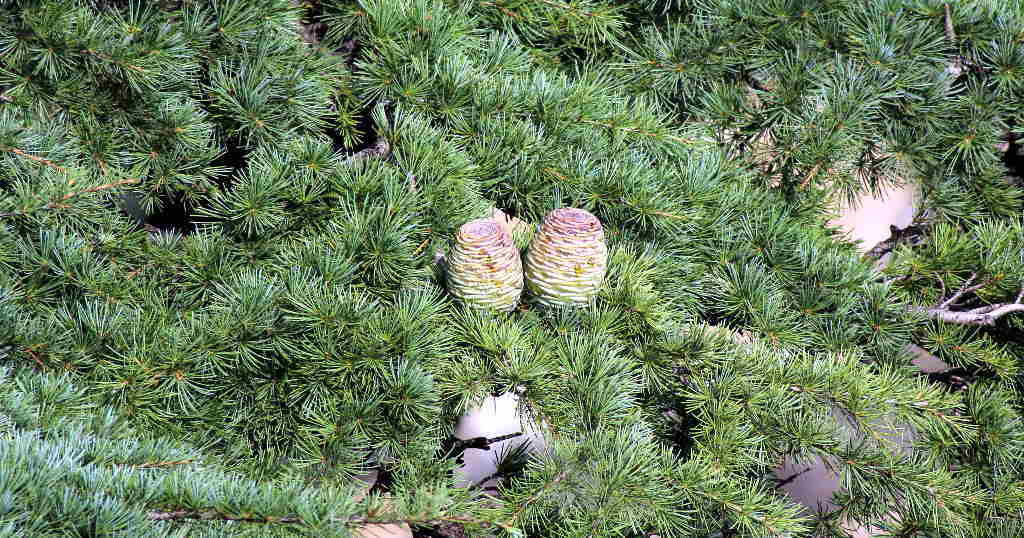
Cedrus deodara (Deodar)
Cedrus deodara (Deodar), also known as the Himalayan Cedar, is one of the most revered and iconic tree species in the Western Himalayas. Native to high-altitude forests, this majestic conifer plays a critical ecological and cultural role, especially in regions like the Great Himalayan National Park (GHNP).
Reaching heights of up to 50 meters, Deodar trees are characterized by their tall, pyramidal shape, drooping branches, and needle-like bluish-green leaves. Their bark is dark gray and becomes deeply fissured with age, adding to their stately presence in alpine and subalpine forest zones. Deodar forests are typically found between 2,000 and 3,000 meters in elevation and thrive in well-drained soils and moist temperate climates.
| Local name | Deodar |
| Botanical name | Cedrus deodara |
| Family | Pinaceae |
| Description | It is a large evergreen tree found between 1800-3000m altitude. Branches are brown-reddish. Cones are solitary, erect, ovoid, dark brown. Leaves are 2.5-4 cm long, dark green or bluish green in dense clusters or solitary, rigid, leathery, three sided, and sharp-pointed. Male and female cones are on the same tree. |
| Flowers & Fruits | October |
| Distribution | Common in Temperate slopes in all the valleys |
In the context of GHNP, Cedrus deodara (Deodar) forms part of a vital ecological network. These forests support a wide array of flora and fauna, including the endangered Western Tragopan, the Himalayan Black Bear, and several orchid and fern species. Deodar trees also play an essential role in soil stabilization, watershed protection, and carbon sequestration, making them key to environmental health in the region.
The name Deodar is derived from the Sanskrit word Devadāru, meaning “wood of the gods,” highlighting the tree’s cultural and spiritual importance. Traditionally, its wood has been used in temple construction, religious ceremonies, and Ayurvedic medicine. However, due to increasing demand, this species has also faced threats from logging, habitat loss, and climate change.
Protected areas like GHNP are instrumental in preserving Cedrus deodara (Deodar) populations, ensuring that these ancient trees continue to thrive and support biodiversity.



